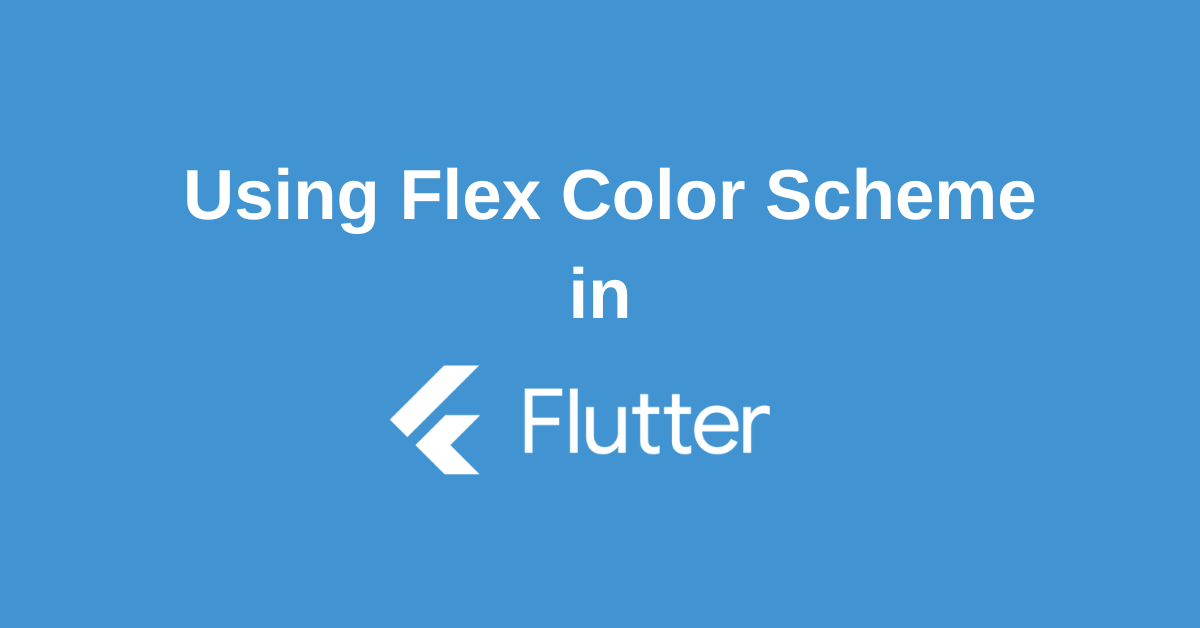Creating visually appealing and consistent themes is an essential aspect of Flutter app development. The Flex Color Scheme package has become one of the favorite tools in the Flutter community for crafting beautiful Material Design-based themes, enabling developers to easily implement both Material 2 and Material 3 style color schemes. This article delves into the key features, benefits, and best practices for using Flex Color Scheme in Flutter to help developers build attractive and polished user interfaces with minimum effort.
What is Flex Color Scheme?
Flex Color Scheme is a powerful Flutter package designed to simplify and enhance the theming process. Unlike the standard Flutter theming tools, Flex Color Scheme offers highly customizable, sophisticated themes that seamlessly support both Material 2 and Material 3 design languages. At its core, Flex Color Scheme builds on Flutter’s native ThemeData and ColorScheme but extends them by providing advanced color generation features, including surface alpha blends, multiple seed colors, and adaptive configurations for different platforms.
Key Features of Flex Color Scheme
- Wide Range of Built-in Schemes: Flex Color Scheme comes with over 50 built-in color schemes, allowing developers to choose from a variety of popular palettes or create their own custom schemes using key seed colors.
- Material 3 Support: Full compatibility with Material 3 color system, including seed-generated
ColorSchemes, providing modern styles with updated color harmonization. - Component Themes: Simplified customization of widget styles such as border radius, elevation shadows, and surface tint blending without dealing with verbose Flutter theming syntax.
- Surface Blending Options: Allows developers to apply subtle surface color blends and elevation tints selectively by platform, offering fine control over the app’s visual depth.
- Consistency Across Themes: Ensures all Flutter UI components—including legacy Material 2 components—adhere precisely to the defined color scheme, eliminating color mismatches.
Why Use Flex Color Scheme?
Flex Color Scheme not only helps achieve beautiful themes with less code but also enhances app usability and brand consistency. Since color impacts usability and user experience, Flex Color Scheme supports accessibility best practices by allowing customization of minimum color contrast and saturation levels. It also supports dynamic theme switching, enabling users to toggle between light and dark modes effortlessly.
By centralizing theme control within one package, developers reduce maintenance overhead and avoid subtle color inconsistencies that traditional theming can create. This leads to a highly polished finish that feels native across different platforms and devices.
How to Get Started with Flex Color Scheme in Flutter
Getting started is straightforward:
- Add the package to your Flutter project:
flutter pub add flex_color_scheme2. Import it into your Dart code:
import 'package:flex_color_scheme/flex_color_scheme.dart';3. Define your light and dark themes using pre-built schemes or customize your own
ThemeData lightTheme = FlexThemeData.light(scheme: FlexScheme.blue); ThemeData darkTheme = FlexThemeData.dark(scheme: FlexScheme.blue); 4. Use these themes in your MaterialApp widget to enable consistent theming throughout your app.
Best Practices Using Flex Color Scheme
- Leverage Seed Colors: Use one to three key colors extracted from brand assets to generate harmonious color schemes.
- Customize Component Themes: Utilize the package’s component theming options to unify widget styling with minimal code.
- Implement Dynamic Themes: Allow users to switch between light and dark themes for better accessibility and usability.
- Test on Multiple Devices: Ensure color schemes render well across different screen sizes and platforms to maintain a consistent experience.
- Use Surface Blends Wisely: Apply elevation and surface tints selectively to enhance depth perception without overwhelming the UI.
Conclusion
Flex Color Scheme represents a significant advancement in Flutter theming capabilities, simplifying the creation of beautiful, consistent, and accessible app themes. By harnessing its rich features—from Material 3 support to adaptive surface blending—developers can elevate their app’s visual appeal and user experience. Adopting Flex Color Scheme not only accelerates development but ensures a modern, polished interface that strengthens user engagement and brand identity. For Flutter developers aiming to master app theming, Flex Color Scheme is an indispensable tool to explore and integrate.
Wanna Level up Your Flutter game? Then check out our ebook The Complete Guide to Flutter Developement where we teach you how to build production grade cross platform apps from scratch.Do check it out to completely Master Flutter framework from basic to advanced level.

